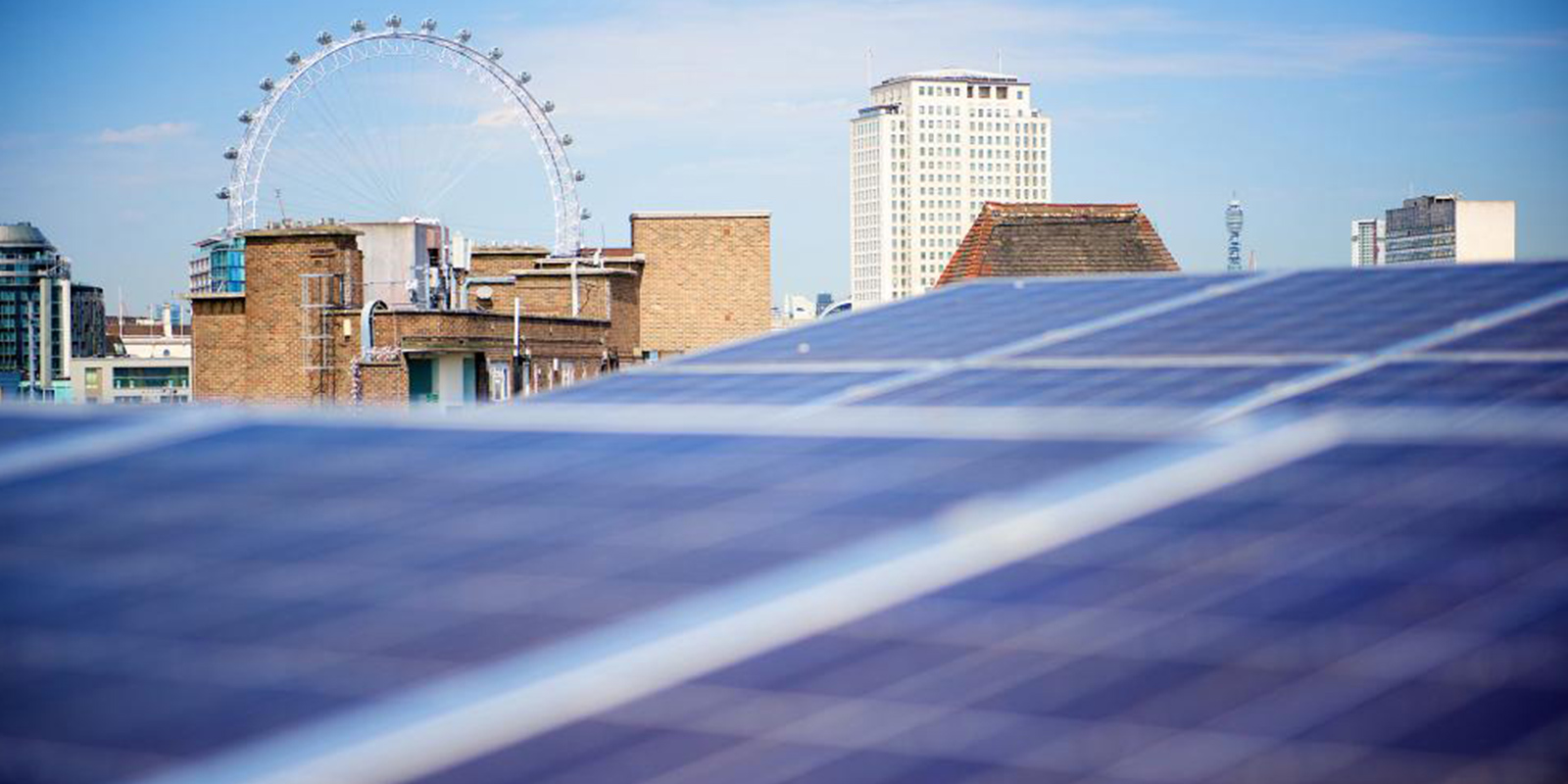'Game Changers' Initiative
This year, CNCA identified seven promising, next-generation practices to share with other cities. They are Game Changers: impactful actions that can accelerate and amplify decarbonization in cities. This is what CNCA cities are doing and what is happening on the ground at the leading edge of city decarbonization practice. They are changing the game. And they are the next essential steps that many cities should consider on the pathway to carbon neutrality. Below, we explore these seven transformations occurring across our CNCA cities. By targeting actions that have the highest potential for rapid, deep urban GHG emissions reductions in key emissions sectors (energy supply, buildings, transportation, waste and food), these Game Changers are driving transformative change in each of these strategy areas.

The Carbon Neutral Cities Alliance released its Game Changers Report on September 12, 2018, as part of the Global Climate Action Summit. The report highlights the key policies and practices that CNCA cities have found to be transformational in addressing their most pressing GHG emission challenges.
Download ReportCities can play a role in accelerating the implementation of nature-based carbon removal strategies that simultaneously improve the social, economic and environmental resilience of local communities. Actions that utilize natural biological processes and systems to drawdown carbon from the atmosphere can be taken by land and by water.
Read More

This standard requires that proposed buildings in a city be designed and equipped so that all energy use in the building, on an annual basis — for heating, cooling, lighting, appliances, vehicle charging, etc. — is as efficient as possible and comes from renewable energy sources. This performance requirement is just starting to be adopted for new buildings, but it can also be applied to additions and alterations to existing buildings.
Read More
This infrastructure provides drivers of electric vehicles within a city with convenient, quick, and safe access to fairly-priced charging stations. Along with access to bio-fuels and hydrogen fueling, it is an essential element in building the clean-energy mobility systems that are emerging in cities.
Read More
This mandate requires the capture of organic material — including separation, collection, and processing — from residences, businesses, and institutions so that it is kept out of landfills where it generates GHG emissions. The organic material is recovered for use as carbon-capturing compost for farms and landscapes or as biogas for vehicles and industry.
Read More
This market-based effort by US cities involves partnering with manufacturers, distributors, utilities, and government agencies to decarbonize buildings’ heating and cooling systems by increasing the purchase and installation of high-efficiency heat pumps that use electricity that is increasingly powered by renewable sources. European cities with district-scale heating and cooling systems are replacing fossil fuel sources with various clean or renewable energy sources.
Read More
This designation establishes parts of a city — a street or road, a district or even larger zone — in which the use of vehicles has been prohibited or subjected to a fee. Bans and pricing can apply to all vehicles or only to fossil fuel vehicles, usually with exemptions for emergency and public transit vehicles.
Read MoreThis set of policies and investments empower local residents, businesses, city government, and others to produce or purchase renewable energy supply directly, rather than relying on their utility. This is accomplished by investing public funds and encouraging private investment in production of renewable energy, adopting renewable energy standards, organizing buyer coalitions, and advocating for changes in regulatory policies.
Read MoreThe climate budget is a tool to convert a city’s climate goals into concrete, annual, measurable action. It establishes a maximum GHG emissions level for the budget year, based on the city’s emissions goal. The budget details the city’s proposed short-term, emissions-reduction actions to stay within the maximum amount, their projected impact, and cost. It is a distinct part of the city’s overall budget and moves through the city’s usual budgeting process, from proposal to adoption, implementation, and after-action assessment.
Read More
There is a growing recognition that there is both a moral obligation and a practical need to center equity in climate work. Leading cities are recognizing that community support for significant municipal investments in emissions reduction depend on designing strategies that simultaneously reduce emissions and deliver on the pressing quality-of-life benefits that community members prioritize — health, safety, job creation, equitable access to services and resilience to disruptions.
This article discusses the imperative to move to a more collaborative and people-centered model of climate planning (and governance more broadly).
Read More

